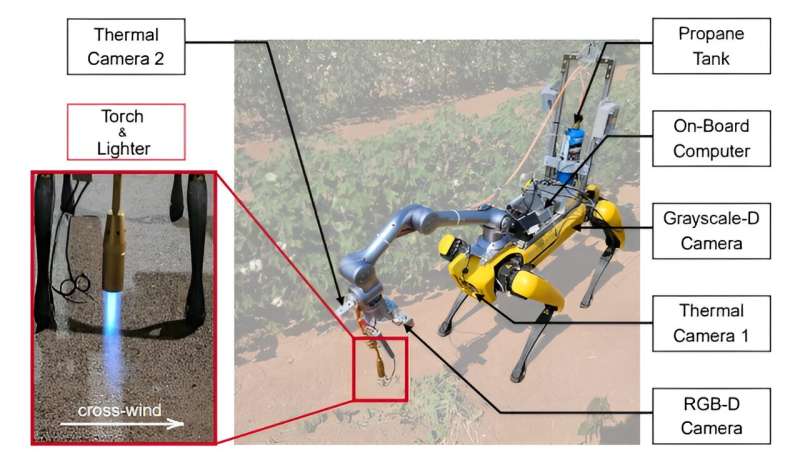A new American national standard has been published outlining comprehensive safety requirements for deploying industrial mobile robots (IMRs) in commercial environments. The guidelines aim to promote safe and effective integration of IMR systems across manufacturing, warehouses, and other sectors adopting the technology.
Developed by the Robotic Industries Association (RIA) and approved by the American National Standards Institute (ANSI), the standard ANSI/RIA R15.08-2 provides technical criteria for companies installing mobile robots. It covers risk assessment, information for safe use, and more.
This represents the first national consensus standard specific to IMR safety, establishing consistent best practices. It defines three categories of IMRs:
Type A - Base autonomous mobile robots (AMRs) without attachments
Type B - AMRs with attachments like conveyors excluding manipulators
Type C - AMRs with robotic manipulator arms
The standard emphasizes IMR suppliers and integrators performing a thorough risk assessment of their planned deployment. Residual risks must be reduced to acceptable levels and clearly documented for end user organizations.
Integrators must also furnish manuals covering safe operation, maintenance, and emergencies based on the risk analysis. Responsibility for training workers then falls to the end user companies utilizing the robots.
Experts advise any organization in the US adopting IMRs to insist on R15.08-2 compliance from their integration partner. Following these guidelines is considered vital for safety and due diligence.
"This is the single most important standard covering IMR safety considerations," said Mike Romano, RIA's VP of global solutions. "End users deploying IMRs domestically should require integrators document adherence to R15.08-2."
The standard will be followed by an additional volume on user requirements for ongoing safe IMR operation. Together, the three-part series aims to instill safety across the entire lifecycle - from design, to installation, to daily use.
As more companies automate material handling with nimble mobile robots, consistency on safety practices is critical. This consensus from industry and government experts provides an authoritative roadmap for deployment.
"With no past standards specific to IMRs, these guidelines really mark a milestone for the industry and end users alike," Romano said. By promoting safety and consistency, the standards pave the way for ongoing responsible adoption of transformative automation.


















